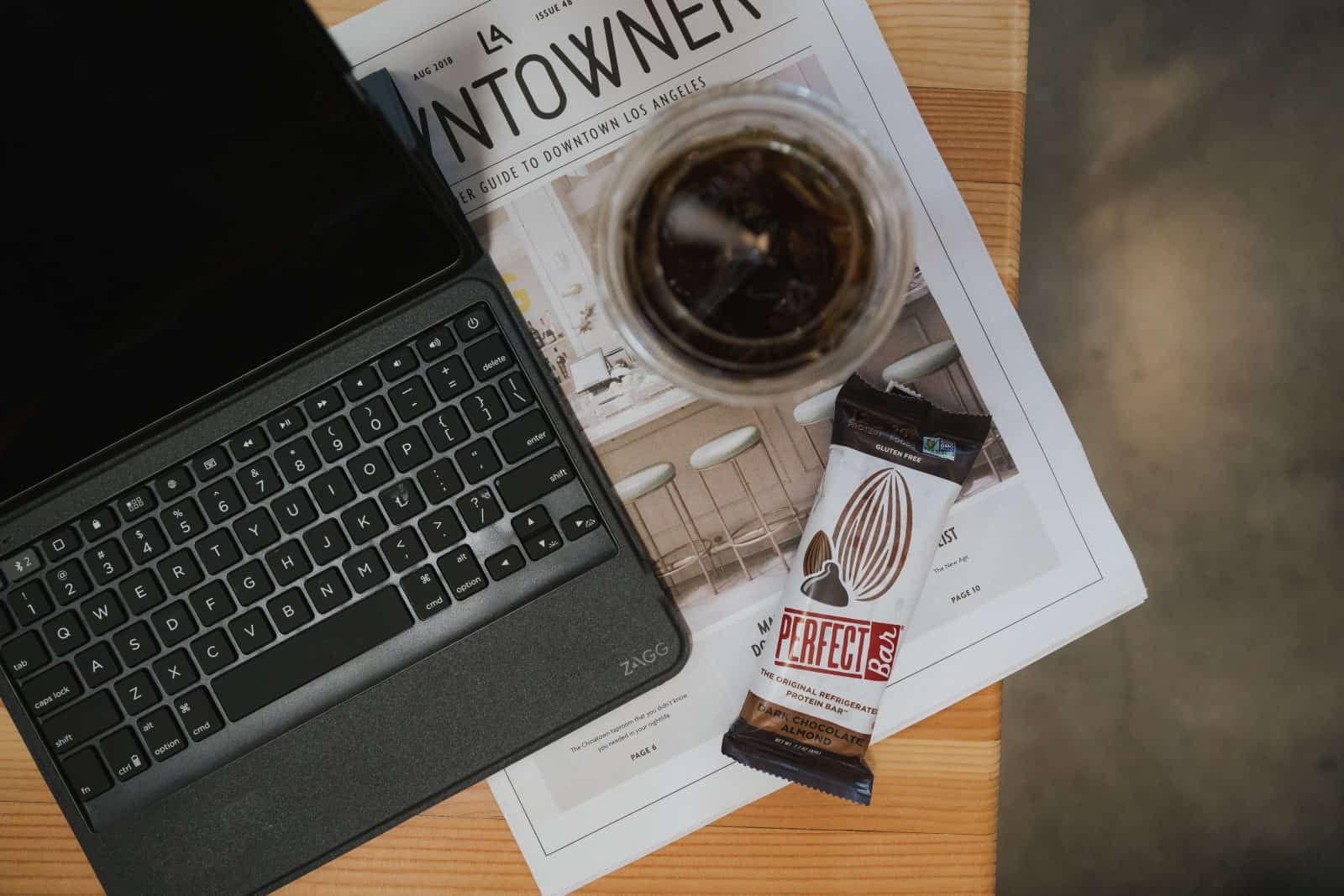
High Levels of Sedentary Time Associated with Significant Increase in Mortality Risk
August 28, 2019
Screen time and snacking – does it matter for young teens?
September 11, 2019Today’s post comes from Emi Vargatoth, a second-year medical student at the University of Ottawa.
Researchers interested in studying the role of screen time in sedentary behaviour have sought means of measuring the increasing amount of time that children and adolescents are using screens. A Statistics Canada report from 2016-2017 found that only 53% of Canadian children and youth aged 5-17 years met the recommendation of spending no more than two hours a day on screens. With so many exceeding the recommended screen time limits, it is important to accurately measure the amount of time spent on screens in order to study its effects.
Objective measures are especially important in the study of screen time as subjective measures have been found to be inaccurate. For example, a study which compared parent reported to objective measures of physical activity and sedentary behaviour found that parents overestimated their children’s physical activity by 40 minutes a day and underestimated their sedentary/screen time by several hours. Additionally, another study found that when parents were asked to estimate the television viewing time of their children that occurred in their bedrooms, parents underestimated television viewing time by over three hours per week. To avoid using subjective measures, means of objectively measuring screen time have emerged in academic research and some of their strengths and limitations are outlined below.
Smartphone monitoring apps have been used to objectively measure screen time in young adults. A study on undergraduate university students used the iPhone app “Moment” to track daily minutes of screen time and screen unlocks to compare with self-reported anxiety, depression and mood. The study participants were slightly older than adolescents, with an average age of just over 19 years old, presenting the possibility that this means of measuring screen time could be extended to studying smartphone use in a slightly younger adolescent population. This measure of screen time is appealing for being low-cost and minimally intrusive in the lives of the study subjects, however, it only captures one form of screen time and may be inaccurate if the phones are used on airplane mode or if there are multiple users of the same device.
TV allowance devices have been used in some studies to measure the amount of time children spend watching television. In a study on interventions to reduce television viewing time in children, TV allowance devices were used to objectively monitor TV time. The devices were attached to every TV and computer in the home and required inputting a four-digit passcode before a user could access them, ensuring that the screen time of individual users could be differentiated. The same limitation wherein only certain forms of screen time can be captured exists with this measure.
Accelerometers have been used as a measure of sedentary time in children and adolescents and since it has been found that screen time is a highly prevalent sedentary behaviour in this age group, they could be used to estimate screen time. It is, however, important to note that children and adolescents may spend significant amounts of sedentary time commuting, eating, reading or doing homework which may not involve screens and that certain types of screen time which are more active such as augmented reality games (e.g. Pokémon Go) and dance games would not be captured by an accelerometer.
Direct observation as a means of measuring screen time comes with obvious limitations such as feasibility, time and cost however it has been used in some studies. While it is unlikely to be able to capture all the screen time of an individual, it may provide detailed information on content and context of screen time over short time periods, such as during class time.
While each of the objective measures of screen time outlined here have benefits and limitations, new means of objectively measuring screen time are needed as children and youth gradually use more screens at home, in their communities and at school in ways that may be affecting their health and wellbeing. Additionally, as portable screens such as laptops, tablets and smartphones become more common among this age group, it will be important to develop objective measures that can capture all forms of screen time children and youth are using.



